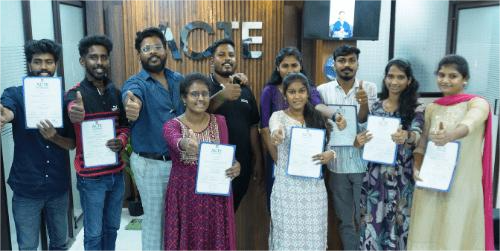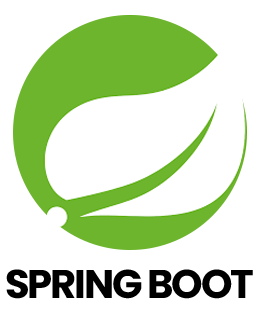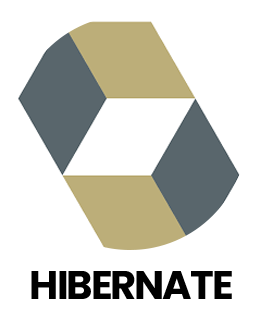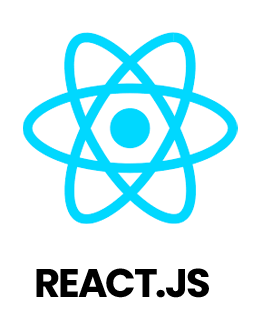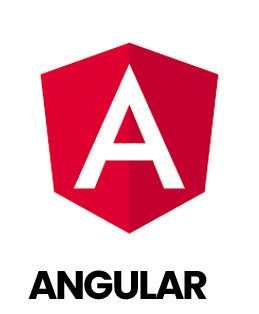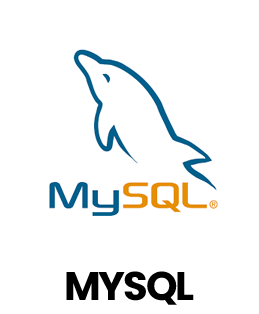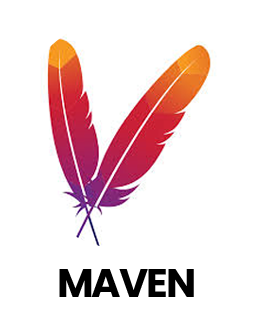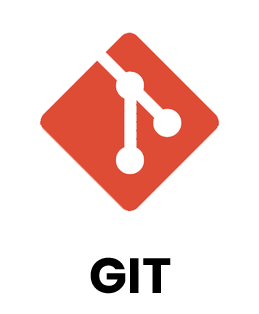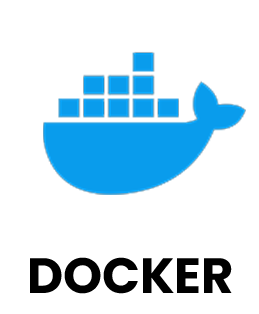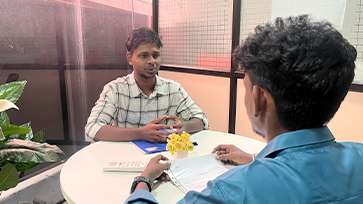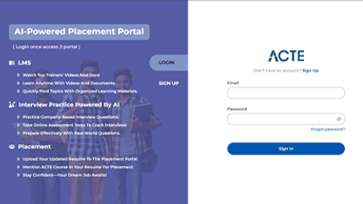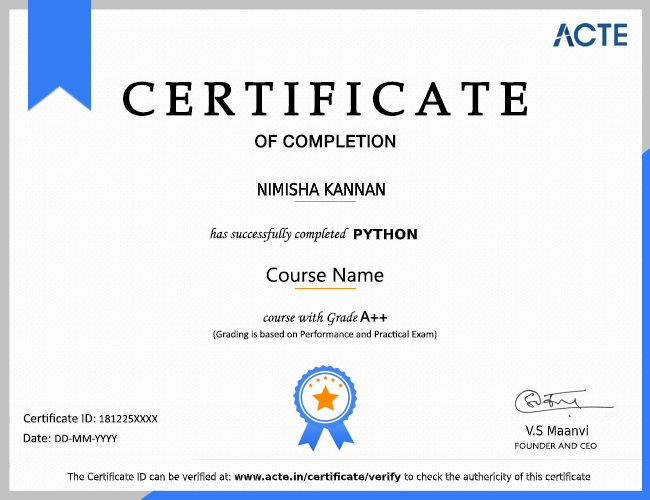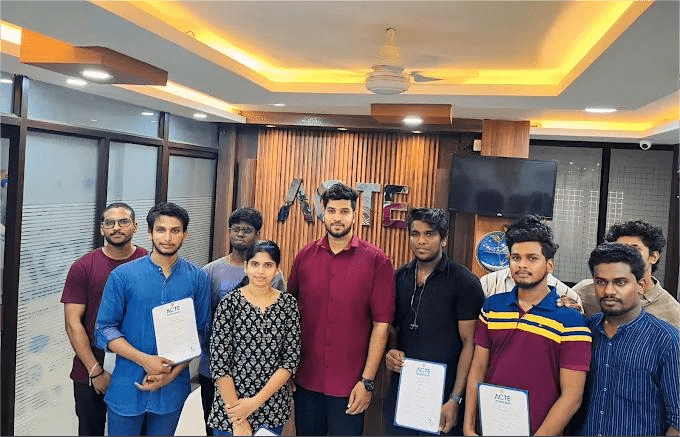A full stack developer is capable of working on the front- and back-end components of an application. Full stack development pertains to the creation of cutting-edge, modern, end-to-end applications that include frontend (client-side) and backend (server-side) development. As a full stack developer, you are able to build complete web apps including frontend and backend components. Full stack refers to a set of components necessary to build modern applications and includes everything you need. Having expertise in multiple frontend frameworks as well as multiple backend languages is required of a full stack developer.
Additional Info
Skills Required To Become A Full Stack Developer:
Mastering at least one front-end framework and back-end technology is essential for becoming a full stack developer. To become a full stack developer, you must complete this requirement.
Full-Stack Developers Have The Following Technical Skills:
Frontend:
Basically, the frontend is where the presentation takes place - where the user is engaged and interacted with. In addition to basic frontend languages such as HTML, CSS, and JavaScript, full stack developers must understand user experience, validation, and responsiveness. A front-end framework must be also be known (Angular, React, Vue.js, Backbone.js, jQuery). Front-end developers should have a solid understanding of the technology and should always be eager to learn more.
Backend:
You need to understand the nitty-gritty of website development including APIs, databases, and server configuration when you work as a full stack developer. At least one backend language and respective backend framework is required (PHP, Java, C#, Ruby, Python) (Django, Spring, .Net, Express.js, Rails).
Database:
The management of databases is also an important part of full stack development. The skills required would include the ability to store, create, manage, manipulate, and delete data in a database. Among the skills required of a full stack developer is the ability to learn and use database platforms like Oracle, MySQL, NoSQL, and PostgreSQL.
Along with this, in order to become a full stack developer, you must understand/gain knowledge of:
- Understanding the complete web development life-cycle, from user experience to server configuration, to business logic, to database integrations, to optimization and deployment
- Learn JavaScript, CSS, HTML, and other core web development technologies
- Get familiar with modern development approaches and concepts like continuous integration, continuous delivery, DevOps, and agile
- Gain understanding of design concepts, testing, and programming principles, including object-oriented design, microservices, cloud technologies, and REST APIs
Soft Skills Of A Full Stack Developer:
- Understand the structure, processes, and algorithms of databases
- Having experience managing and designing databases
- Management skills and good communication
- Adaptability to new technology, concepts, approaches, and environments as fast as possible
- Ability to solve problems and analyze data
- An attitude of learning and a mindset of improving is essential
- The ability to understand applications/products on the non-functional side, including security, automation, testing, and optimization
- The ability to manage resources and lead others
We will provide the above-mentioned skills. Despite their good market position, full stack developers are constantly looking for new skills to add to their skillset.
Most Popular Tech Stacks Full Stack Developers
A wide variety of technologies are used in the development of web and mobile apps. A stack is a combination of programming languages, platforms, frameworks, and tools that contribute to building an application.
Popular tech stacks for Full Stack development are:
LAMP Stack:
PHP is the programming language with a PHP framework specifically formulated for using LAMP. Most web applications today are built using this stack, because it is a classic tech stack. There are four important components to this open-source stack, namely an operating system (Linux), server (Apache), database (MySQL), and programming language (PHP). For developing dynamic, stable web applications, developers may also use WAMP (Window) or MAMP (Mac).
MEAN Stack:
The MEAN acronym stands for MongoDB, Express.js, Angular, and Node.js. The full stack development world is dominated at the moment by JavaScript, which has a complete JavaScript stack. Stacks from this stack are very popular and have large, vibrant communities supporting them. With this JavaScript-based tech stack, Node.js allows server-side scripting of JavaScript to make a profound impact on web development. For building powerful, visually appealing, and scalable applications, it is the most commonly used stack.
MERN Stack:
There is only one difference - instead of Angular, you use React. A single-page application built with React is an interactive user interface. It uses JavaScript. Facebook maintains it, along with the community. There are many front-end libraries out there.
Ruby On Rails:
Build end-to-end applications with this technology stack, which is one of the classics. In addition to front- and back-end development, RoR developers also have expertise in database development. Rails is a server-side framework for building web applications based on Ruby.
Python Full Stack:
Web developers with full Python stacks are also in high demand since Python is a widely used and modern programming language to create scalable and fast web apps. Mostly due to its simple syntax and powerful features, it is ideal for machine learning and data science applications. In a full stack Python project, there is Python, Django, Apache, and MySQL. Django is a popular Python-based framework.
Roles And Responsibilities Of Full Stack Developer
A number of developers have chosen full stack as their career path, and many more are on their way to becoming one. It has advantages such as faster development, greater efficiency, and sound technical skills, which makes it one of the most sought after job titles.
There are some key responsibilities developers need to fulfill, despite the fact that each organization has its own set of requirements for full stack developers:
- Design and develop dynamic, visually appealing, and innovative software product/apps for the front and back ends
- Designed the user experience, the user interaction, responsive design, as well as a complete architecture
- A comprehensive understanding of database management systems, servers, APIs, version control systems, and third-party applications
- Analyze ways to improve and add/remove features as needed
- An enhancement and performance strategy that optimizes stability, scalability, and reliability
- Keep up-to-date with the latest development tools, frameworks, approaches, and architectures
- From conception to implementation, turn business needs into finished products
- Testing and fixing issues during production phases to ensure cross-platform compatibility
- Develop a product roadmap and improve performance by communicating effectively with a team of developers
- Manage a team of programmers, designers, and network managers to ensure the digital outcomes reflect the goals of the business
A full stack engineer's role is broad and is often compared with that of a DevOps engineer and a Product engineer.
The Benefits of Being a Full Stack Developer
A full-stack development project can be daunting to any developer. The information you need to learn will be double what a front-end or back-end developer needs to know. A full stack developer course will teach you more than the topics we discussed above.
In addition, as technology evolves in the industry, you will need to learn new technologies in order to keep up with the trends. A lot of benefits come with having so much knowledge. The following advantages are considered by someone wondering why to become a full stack developer:
1. High Demand
Developers who can work across multiple disciplines are in demand. It is crucial to have developers who can work on all aspects of the stack. Due to the fact that full-stack developers work with all three layers (presentation, logic, and database), this is the case.
Companies also look for professionals who have a variety of talents and can perform several functions. The full stack developer can handle many types of projects in which you might not be able to rely on other specialists. They can handle projects more efficiently because they are familiar with every aspect of development.
2. Great Pay
A full-stack developer earns an average salary of 6 lakhs per annum in India. The salary of professionals with great education and experience can increase by as much as 14 LPA. Glassdoor estimates a full stack developer's pay in India to be around 3.5 lakh per annum. It can be seen from the table above that full-stack developers earn an attractive salary.
Since they reduce the company's operating costs, they get a higher salary. Using their services, a company can save a lot of money compared to hiring two or three programmers on average.
They get employment in a variety of industries. Modern technology is being used by companies of all sectors for their advancement. The full stack developer has plenty of opportunities in finance, banking, IT, and tech startups.
2. Creative Flexibility
Multifaceted development is something you are familiar with. Thus, you'll have more flexibility in your work as well. Working on both the client-side and database of the application is possible. Due to this reason, you have a lot of creative flexibility in this field.
3. Better Productivity
Full-stack developers have knowledge of various technologies. You'd be familiar with all of them, whether it's adding images to a web page or creating a database. Your ability to make technological decisions quickly and see the big picture gives you an advantage over your peers.
Companies pay full-stack developers handsome salaries because of these reasons.
Certification for Full Stack developer
A Full-Stack Cloud Native Application Developer will have all the key skills and know-how needed to kickstart their careers when they complete this Professional Certificate. By working with the technologies behind cloud-based applications, you'll get to build your own and practice with them under the guidance of IBM experts. Students will be involved in 10 courses filled with instructional content as well as hands-on activities and projects to help develop their skills and build their portfolios.
This program does not require previous programming experience or knowledge of cloud computing. In this course, you will learn the tools and technologies that successful software developers use to develop, deploy, test, run, and manage Full Stack Cloud Native applications. You will gain the skills you need to launch a new career in a highly sought-after field.


